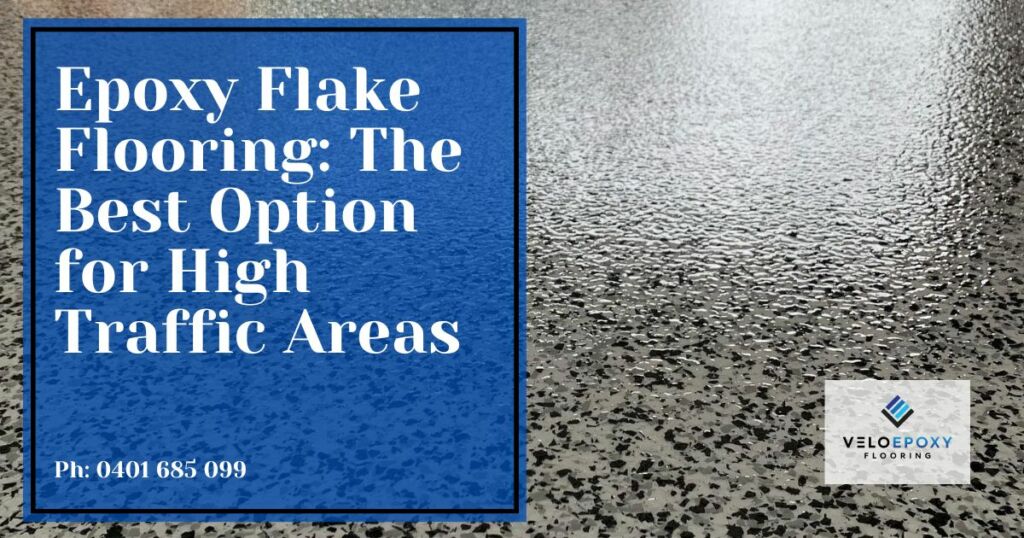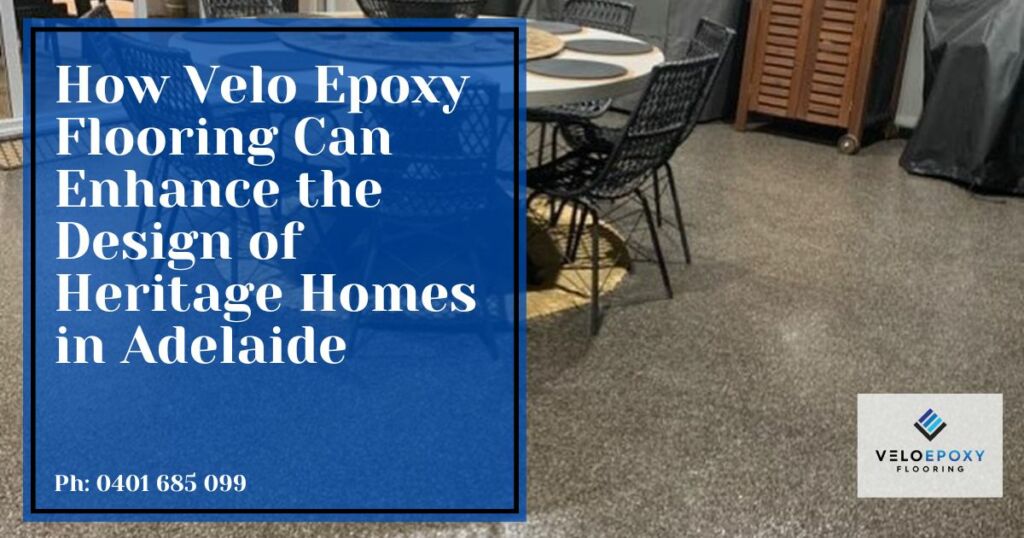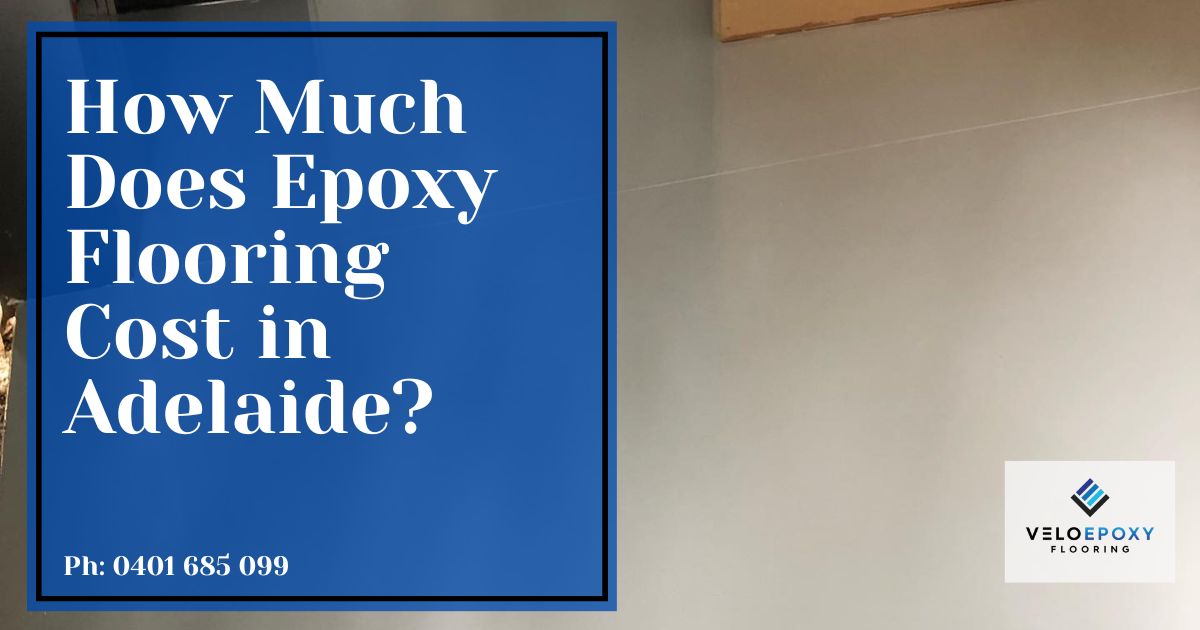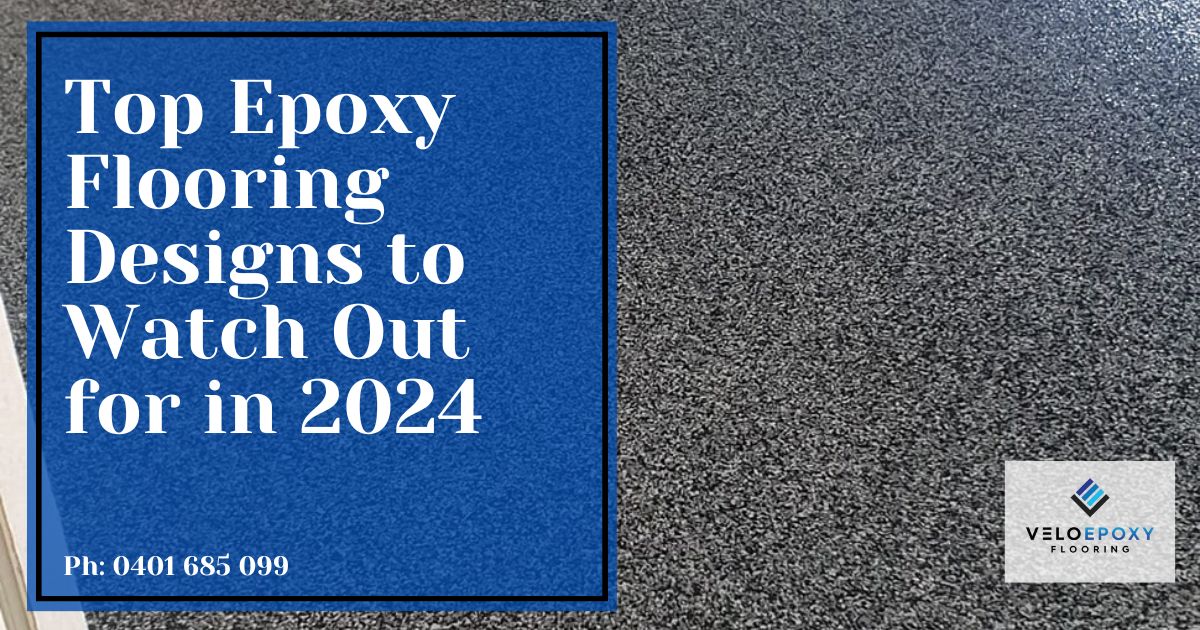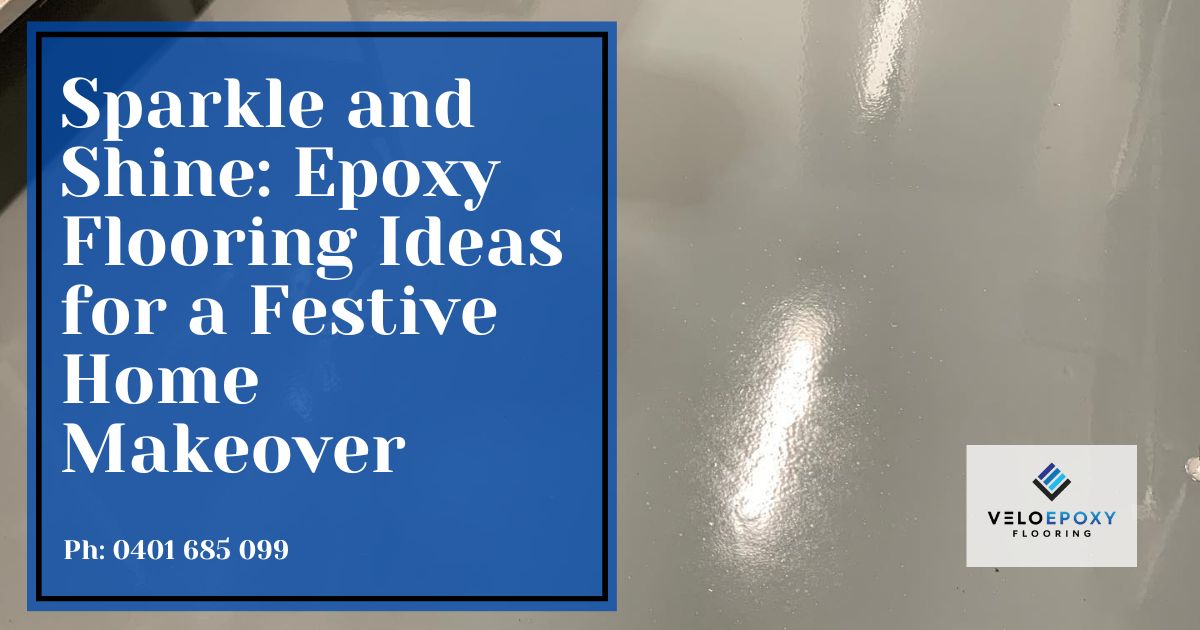Epoxy Flooring vs Ceramics: Which Suits Your Needs Best?
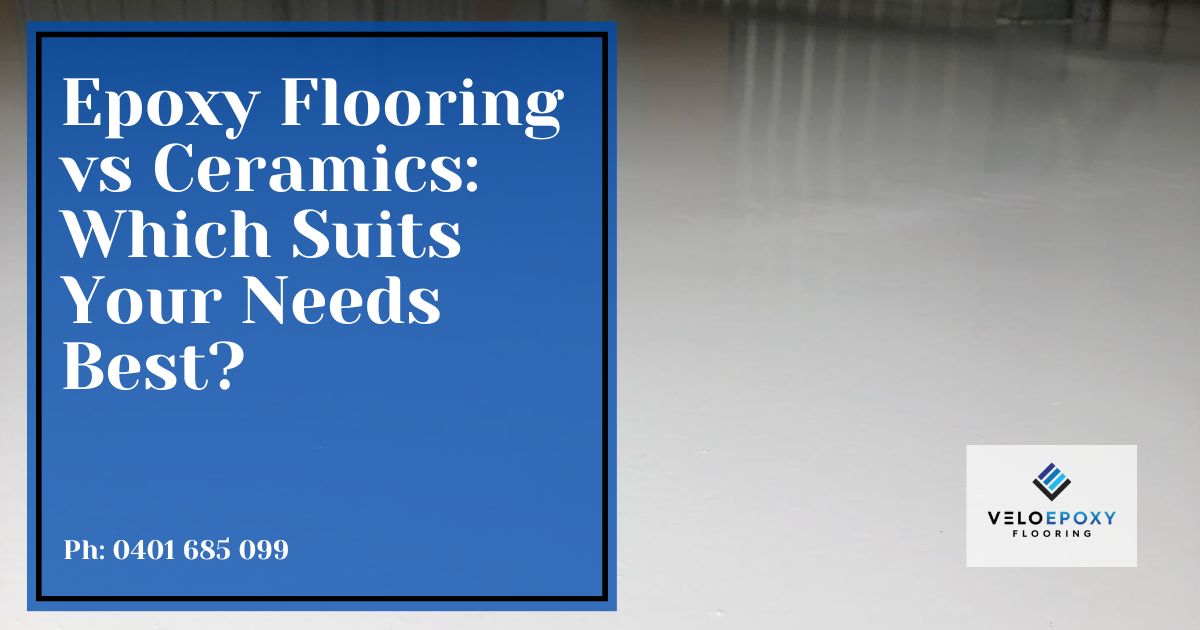
If you’re planning to upgrade or renovate your floors, you may be wondering whether to go for epoxy flooring or ceramics. Both materials have their pros and cons, and it ultimately comes down to your needs and preferences. At Velo Epoxy Flooring, we are here to help you make an informed decision.
In this blog post, we will compare the two materials in terms of durability, maintenance, installation, customization, and cost. By the end of the article, you will have a clearer idea of which material suits your needs best.
Durability:
Epoxy flooring is known for its unmatched strength and durability. It can withstand heavy foot traffic, chemical spills, moisture, and impact without cracking or chipping.
Ceramics, on the other hand, are prone to cracking or breaking when exposed to stress, such as heavy objects falling on them or temperature changes.
Epoxy floors can also be reinforced with slip-resistant additives to increase their safety, while ceramics can be slippery and dangerous when wet.
Maintenance:
Both epoxy and ceramic floors are relatively low maintenance, but epoxy is easier to clean due to its seamless and non-porous surface. Epoxy floors are also resistant to stains, abrasions, and bacteria, making them ideal for commercial and industrial settings where cleanliness is a priority.
Ceramics require regular sweeping, mopping, and resealing to prevent dirt and grime buildup, and may still harbour bacteria in the grout lines.
Installation:
Epoxy flooring requires professional installation, but the process is quicker and less invasive than ceramics. Epoxy can be applied directly over an existing concrete floor, which means less demolition, dust, and debris.
Ceramics, on the other hand, require a subfloor, adhesive, and grouting, which may take longer to install and may require a temporary out-of-service space. Epoxy can also be applied in a variety of colours, patterns, and textures, while ceramics are limited to their natural or manufactured colour and design.
Customization:
Epoxy flooring is highly customizable and can be tailored to your specific needs and preferences. You can choose from a range of colours, patterns, and textures, and even add logos, graphics, or messages to your floor.
Ceramics, on the other hand, are limited to their standard sizes, shapes, and designs, and may not be suitable for intricate or personalised patterns.
Cost:
Epoxy flooring and ceramics both vary in cost depending on the quality, size, and complexity of the project. However, in general, epoxy flooring is more cost-effective than ceramics due to its longevity and low maintenance. Epoxy can last for decades without needing any major repairs or replacements, while ceramics may need to be replaced every few years due to wear and tear.
Conclusion:
In conclusion, both epoxy flooring and ceramics have their benefits and drawbacks, but for most situations, epoxy flooring is the better choice. It is more durable, low maintenance, quick and easy to install, highly customizable, and cost-effective in the long run.
At Velo Epoxy Flooring, we offer a range of epoxy flooring solutions for residential, commercial, and industrial properties in Adelaide. Our team of experts can help you choose the right type of epoxy flooring based on your needs and budget, and provide professional installation and maintenance services.
